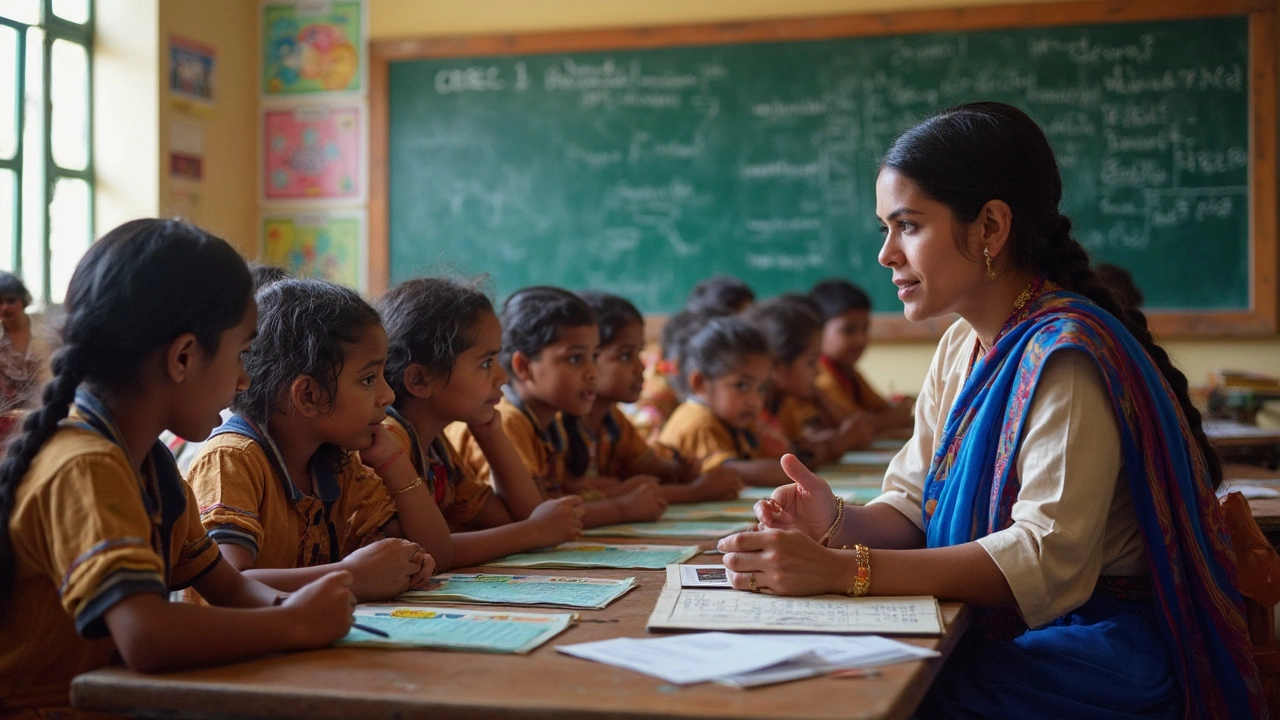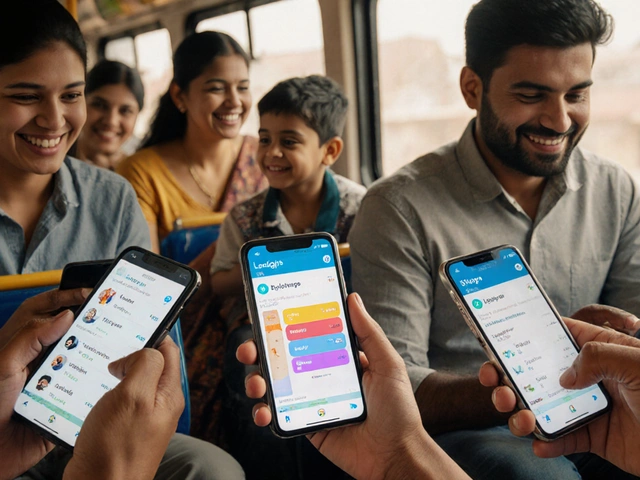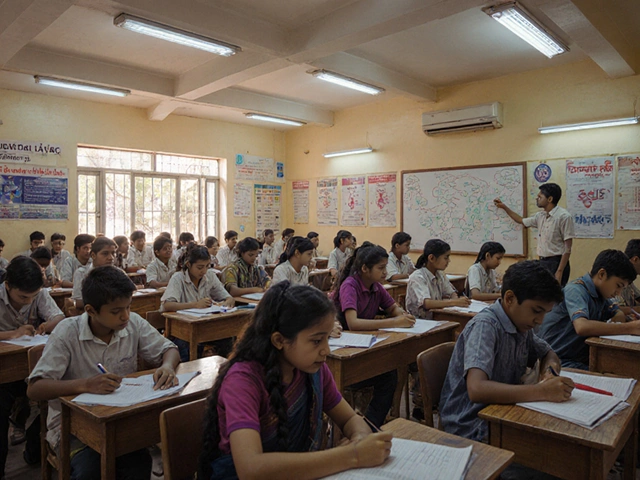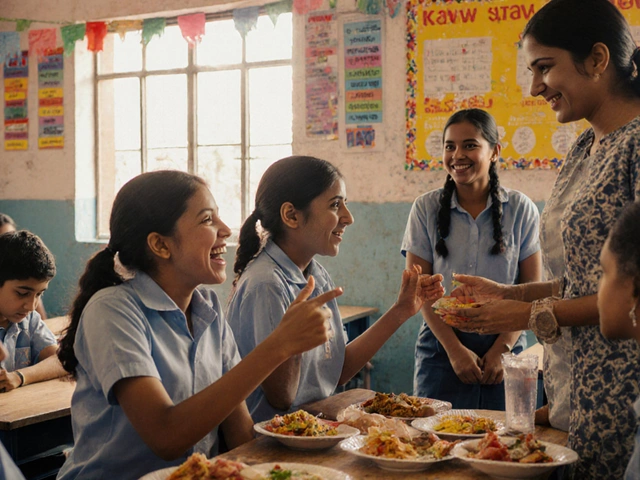Child Learning: How Kids Really Learn and What Works in Indian Schools
When we talk about child learning, the process through which young minds acquire knowledge, skills, and habits through experience, interaction, and structured guidance. Also known as early education, it’s not just what happens in classrooms—it’s the daily moments of curiosity, repetition, and play that build real understanding. In India, where exams like JEE and NEET start shaping lives by age 14, how kids learn before that matters more than most parents realize.
Most schools focus on memorization, but real learning happens when kids are talking, asking questions, and making mistakes. CBSE syllabus, the most widely followed school curriculum in India, designed for national consistency and exam readiness tries to balance structure with flexibility, but many parents find it too rigid for younger kids. That’s why some switch to Montessori or Cambridge methods—because learning apps, digital tools like Duolingo and others that turn skill-building into daily habits through gamification are proving more effective for language, math, and focus than flashcards. A child who practices English through a 10-minute app every morning ends up speaking more naturally than one who drills grammar rules for an hour.
And it’s not just about tools. English language learning, the process of gaining fluency in English through immersion, speaking, and consistent exposure rather than textbook memorization works best when it’s part of life, not just homework. Kids who hear English at home, watch simple videos, or chat with peers without fear of being wrong pick it up faster. The best schools in India aren’t the ones with the most books—they’re the ones where kids are allowed to talk, make up stories, and get messy with ideas.
What’s missing in most child learning discussions is the mental side. Stress, pressure, and comparison kill curiosity. A child who’s told they’re "not smart enough" for JEE by age 10 doesn’t need more study hours—they need space to explore. The posts below show what’s actually working: parents using apps to build confidence, schools shifting from rote to real conversation, and kids learning English not by rules, but by doing. You’ll find real examples of what helps, what doesn’t, and what to avoid when your child is still figuring out how the world works.

CBSE Syllabus: Which Board is Best for My Child?
Trying to pick the right school board for your child can be stressful, especially with so many opinions flying around. This article gets real about the CBSE syllabus and how it actually impacts your kid in day-to-day learning and later life. We’ll cover what the CBSE board is, its strengths and weaknesses, and what type of child thrives in this system. By the end, you’ll know if CBSE is a good fit or if you might want to explore something else. Let’s break down the facts so you can make the best choice.



